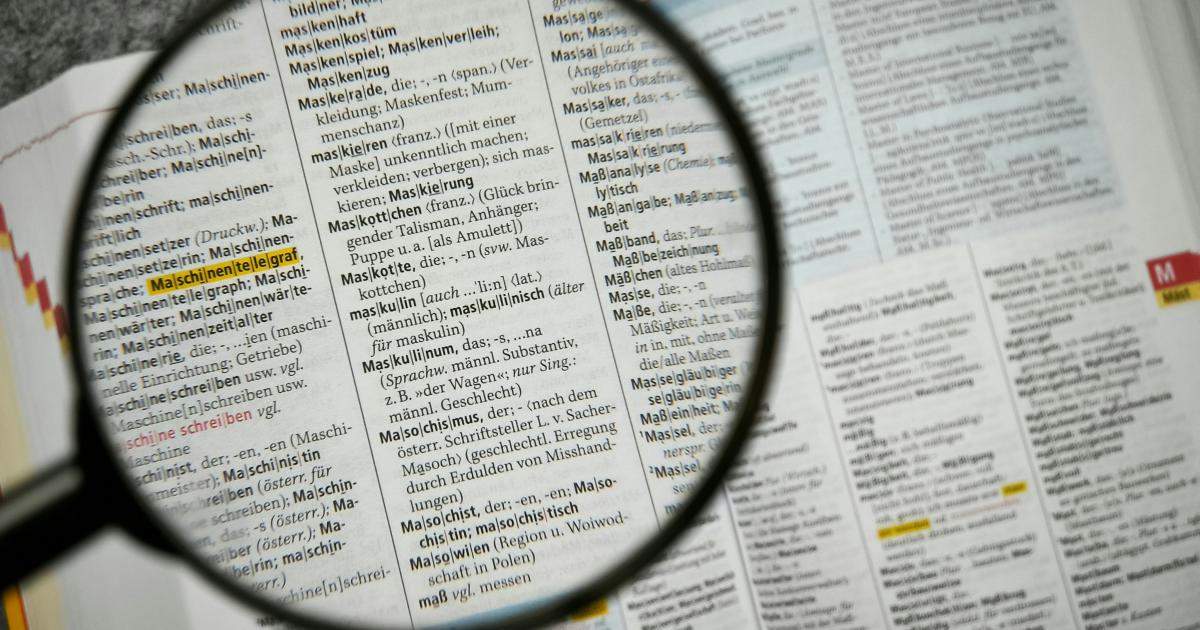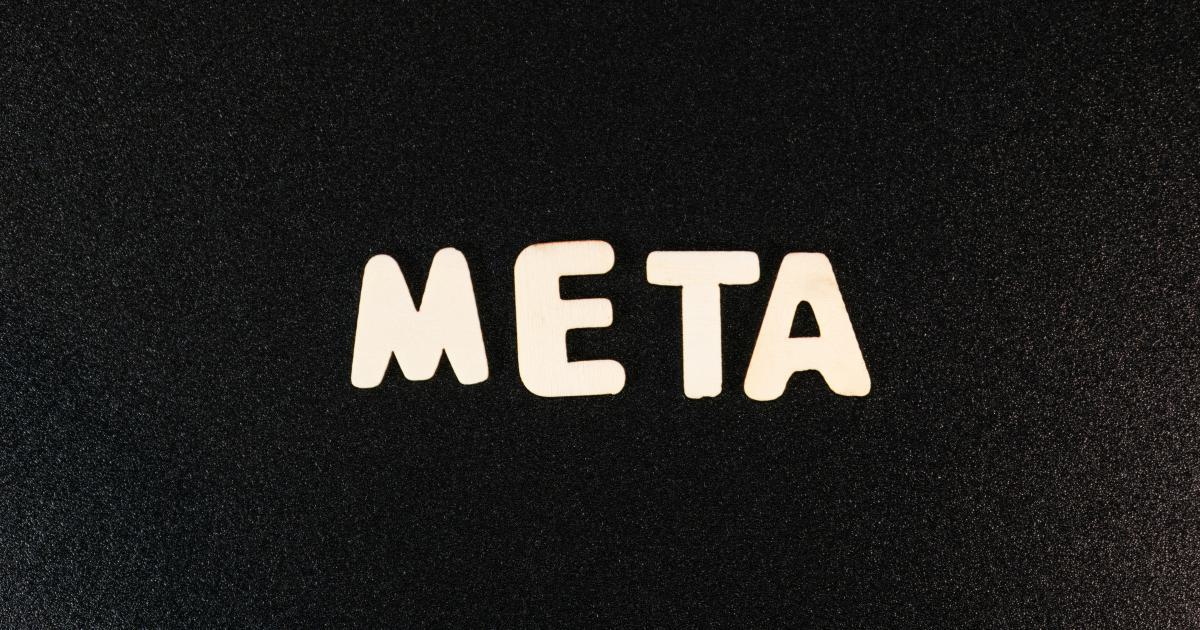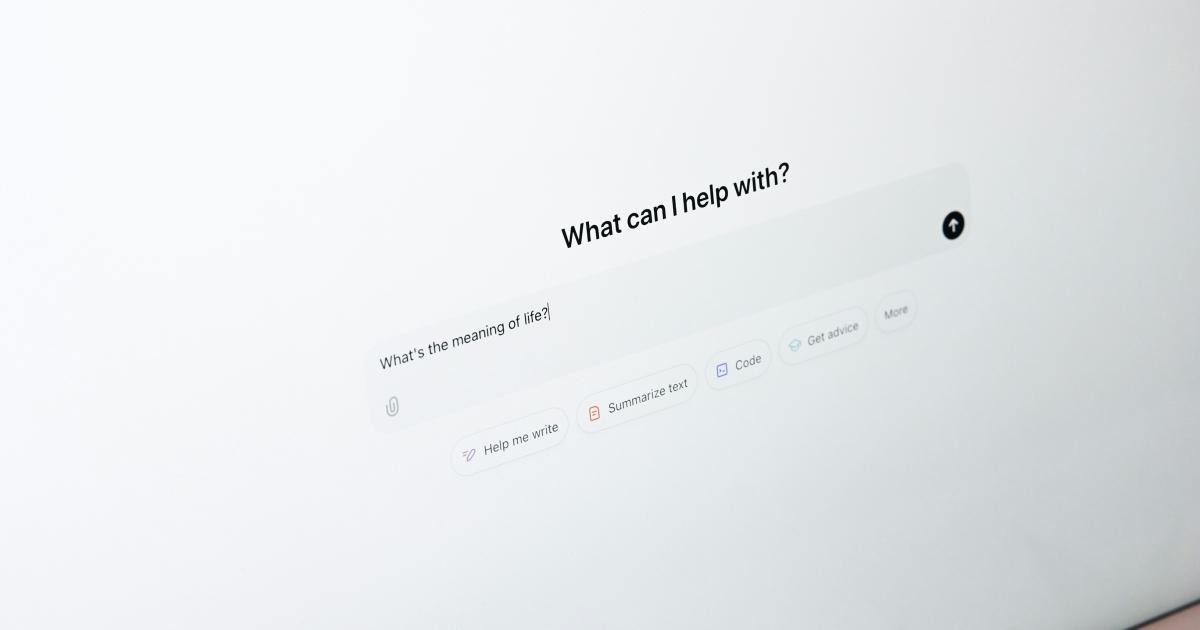Indexability Audits: A Comprehensive Guide for SEOs


Understanding Indexability and Its Importance
Indexability is a critical component of search engine optimization (SEO) that determines how effectively a website's content can be discovered, crawled, and indexed by search engines. Without proper indexability, even the most well-optimized pages may struggle to achieve high visibility and rankings in search results.
An indexability audit is the process of thoroughly examining a website's indexability factors to identify any issues or areas for improvement. By conducting regular indexability audits, SEOs can ensure that their client's or company's website is primed for maximum search engine visibility and organic traffic growth.
In this comprehensive guide, we'll explore the key elements of indexability audits, uncover common challenges, and provide actionable strategies to optimize your website's indexability.
What is Indexability?
Indexability refers to the ability of search engines to discover, crawl, and index a website's content. When a search engine like Google or Bing encounters a webpage, it evaluates various factors to determine whether the content should be added to its index, which is the database of webpages that users can search through.
The indexability of a website depends on a wide range of technical and on-page factors, including:
- Crawlability: The ease with which search engine bots can navigate and access a website's content.
- Indexability Signals: Specific HTML elements and metadata that inform search engines about the content and relevance of a webpage.
- Technical Configuration: Aspects of a website's infrastructure, such as server settings, URL structures, and robots.txt file, that impact indexability.
- Content Quality and Relevance: The value and topical relevance of the content on a webpage, which influence a search engine's decision to index it.
By ensuring optimal indexability, SEOs can improve the visibility and ranking potential of their clients' or company's websites in search engine results pages (SERPs).

Why are Indexability Audits Important?
Indexability audits are a crucial component of a comprehensive SEO strategy for several reasons:
Enhanced Crawlability: Indexability audits help identify and address any barriers that may prevent search engines from efficiently crawling and indexing a website's content, ensuring that all relevant pages are accessible and discoverable.
Improved Search Visibility: By resolving indexability issues, SEOs can boost the likelihood of their client's or company's webpages appearing in relevant search results, leading to increased organic traffic and potential conversions.
Competitive Advantage: Indexability audits help SEOs stay ahead of the competition by identifying and addressing indexability gaps before they negatively impact their client's or company's online presence.
Future-Proofing: As search engine algorithms and ranking factors continue to evolve, regularly conducting indexability audits can help SEOs anticipate and adapt to these changes, ensuring long-term search engine visibility.
Content Optimization: Indexability audits often uncover opportunities to optimize the content and metadata of webpages, further enhancing their relevance and indexability.
By conducting thorough indexability audits, SEOs can ensure that their client's or company's website is positioned for maximum search engine visibility and organic growth.
Conducting an Indexability Audit
Performing a comprehensive indexability audit involves a multi-step process that examines various aspects of a website's technical setup, content, and search engine optimization. Let's dive into the key steps of an indexability audit:
Step 1: Assess Crawlability
The first step in an indexability audit is to evaluate a website's crawlability, or the ease with which search engine bots can navigate and access the content.
Analyze the Robots.txt File
The robots.txt file is a critical component that instructs search engine bots on which pages and directories they can or cannot crawl. Review the robots.txt file to ensure that it is properly configured and does not inadvertently block important content from being indexed.

Identify Crawl Errors
Use tools like Google Search Console or Bing Webmaster Tools to identify any crawl errors, such as 404 (page not found) or 500 (server error) status codes, that may be preventing search engines from accessing certain pages.

Evaluate Internal Linking Structure
Assess the internal linking structure of the website to ensure that important pages are easily discoverable by search engine bots. Identify any orphaned pages or content that may be difficult for bots to find and crawl.

Step 2: Examine Indexability Signals
The next step in an indexability audit is to review the various indexability signals that inform search engines about the content and relevance of a webpage.
Analyze Page Metadata
Ensure that each webpage has properly formatted title tags, meta descriptions, and other metadata that provide clear and accurate information about the page's content to search engines.

Evaluate Structured Data
Assess the implementation of structured data (such as schema.org markup) on the website, which can help search engines better understand the content and context of a webpage.

Review Content Optimization
Analyze the content on each webpage to ensure that it is well-organized, informative, and optimized for the target keywords and search intent.

Step 3: Assess Technical Configuration
The final step in an indexability audit is to examine the technical configuration of the website, which can have a significant impact on its indexability.
Investigate URL Structure
Evaluate the URL structure of the website to ensure that it is clean, logical, and easily crawlable by search engines. Identify any duplicate or thin content issues that may be hindering indexability.

Audit Server Settings
Review the server settings, such as server response codes, to identify any potential issues that could prevent search engines from efficiently crawling and indexing the website's content.

Analyze Site Architecture
Assess the overall site architecture, including the hierarchy and organization of content, to ensure that it facilitates effective crawling and indexing by search engines.

By thoroughly examining these key areas, SEOs can uncover and address any indexability issues that may be impacting a website's search engine visibility and organic performance.
Addressing Indexability Challenges
Once the indexability audit is complete, the next step is to address any identified issues and implement strategies to optimize the website's indexability. Here are some common indexability challenges and solutions:
Challenge 1: Crawlability Barriers
If search engine bots are unable to efficiently crawl and access a website's content, it can severely impact indexability. To address crawlability barriers, consider the following solutions:
- Optimize the Robots.txt File: Ensure that the robots.txt file is properly configured and does not inadvertently block important content from being crawled.
- Fix Crawl Errors: Identify and resolve any 404, 500, or other crawl errors that may be preventing search engines from accessing certain pages.
- Improve Internal Linking: Enhance the internal linking structure to make it easier for search engine bots to discover and crawl all relevant pages.

Challenge 2: Inadequate Indexability Signals
If a website's metadata and structured data are not properly configured, it can hinder search engines' ability to understand and index the content effectively. To address this challenge:
- Optimize Page Metadata: Ensure that each webpage has a well-crafted title tag, meta description, and other relevant metadata that accurately describes the content.
- Implement Structured Data: Leverage schema.org markup or other structured data formats to provide search engines with additional context about the webpage's content.
- Enhance Content Optimization: Optimize the website's content for target keywords, search intent, and other factors that can improve indexability.

Challenge 3: Technical Configuration Issues
Technical problems with a website's infrastructure can negatively impact indexability. To address these challenges:
- Optimize URL Structure: Ensure that the website's URL structure is clean, logical, and easily crawlable by search engines.
- Resolve Server Settings Problems: Identify and fix any server-related issues that may be hindering the efficient crawling and indexing of the website's content.
- Improve Site Architecture: Enhance the overall site architecture, including the hierarchy and organization of content, to facilitate effective crawling and indexing by search engines.

By addressing these common indexability challenges, SEOs can significantly improve the search engine visibility and organic performance of their client's or company's website.
Monitoring and Ongoing Optimization
Indexability audits are not a one-time activity; they should be an ongoing process to ensure that a website's search engine visibility remains optimal. Here are some strategies for monitoring and continuously optimizing indexability:
Continuous Indexability Monitoring
Regularly monitor the website's indexability using tools like Google Search Console, Bing Webmaster Tools, or dedicated SEO platforms. These tools can provide valuable insights into:
- Crawl errors and indexing issues
- Changes in the website's index coverage
- Newly discovered or de-indexed pages

Proactive Indexability Optimization
Implement a proactive approach to indexability optimization by:
- Regularly reviewing and updating the robots.txt file to ensure it remains optimized
- Continuously monitoring and addressing any crawl errors or site architecture changes
- Updating page metadata and structured data as content and offerings evolve
- Optimizing new or updated content for improved indexability

Incorporating Indexability into the SEO Process
Integrate indexability audits and optimization into the broader SEO strategy, ensuring that it is a key consideration at every stage of the content creation and website development lifecycle.
- Include indexability checkpoints in the website development and content creation processes
- Collaborate with the development team to address any technical indexability issues
- Continuously monitor and optimize indexability as part of ongoing SEO efforts
By adopting a proactive and holistic approach to indexability, SEOs can ensure that their client's or company's website remains highly visible and discoverable in search engine results.
Conclusion
Indexability audits are a critical component of a comprehensive SEO strategy, as they help identify and address the technical and on-page factors that impact a website's search engine visibility. By conducting thorough indexability audits and implementing effective optimization strategies, SEOs can ensure that their client's or company's website is primed for maximum organic growth and success.
Remember, indexability is an ongoing process that requires continuous monitoring and optimization. Stay ahead of the curve by incorporating indexability best practices into your SEO workflows and collaborating with cross-functional teams to maintain a highly indexable and search-friendly website.